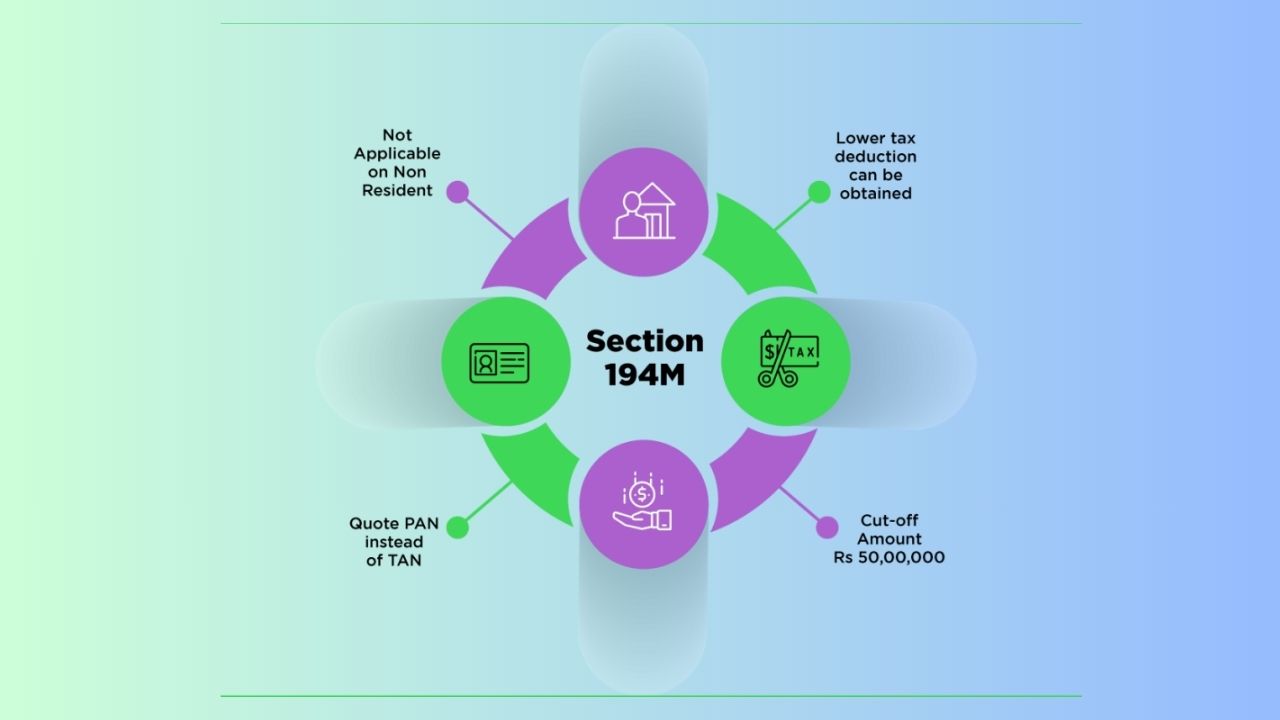Small and medium-sized enterprises (SMEs) are a significant contributor to India’s economy. While giant corporations tend to dominate the headlines, numerous smaller businesses also require funding to expand. One of the methods they do this is by listing on the stock exchange via an IPO (Initial Public Offering). In this article, we describe what an SME IPO is, how it is conducted, its advantages, disadvantages, and how it is different from a mainboard IPO.

What Is an SME?
- SME stands for Small and Medium Enterprise.
- In India, an SME is an industrial unit whose total investment does not exceed ₹50 crore.
- These companies often need fresh capital for growth, new projects, or paying off debt.
What Is an IPO?
- An IPO is when a private company issues shares to the public for the first time.
- After an IPO, the company’s shares trade on a stock exchange, and anyone can buy or sell them.
Why Do SMEs Do an IPO?
- Raise Funds: To expand operations, buy equipment, or meet working‑capital needs.
- Reduce Debt: To repay loans and improve the balance sheet.
- Public Listing Benefits: Increases brand image, gives liquidity to promoters, and helps attract new investors.
How Do SME IPOs Work?
- Selecting an Underwriter
- The SME appoints a merchant bank (underwriter) familiar with IPO rules.
- The underwriter helps draft key documents and advises on the share price.
- Draft Red Herring Prospectus (DRHP)
- A detailed document that explains the IPO’s purpose, financials, and risks.
- Submitted to SEBI for review and approval.
- Advertising the Issue
- The SME publicizes the IPO dates, price band, and lot size to attract investors.
- Allotment and Listing
- After the subscription period closes, shares are allotted to successful applicants.
- Shares begin trading on the SME platform of NSE (Emerge) or BSE (SME).
Eligibility Criteria for SME IPOs
To list on the SME platform, a company must:
- Be incorporated under the Companies Act, 1956 (or later).
- Have post‑issue paid‑up capital not exceeding ₹25 crore.
- Maintain net tangible assets of at least ₹1.5 crore.
- Have a track record of at least three years (including any prior proprietorship).
- Show operating profit or positive EBITDA in two of the last three years.
- Keep the same promoters for one year after filing the IPO.
- Ensure promoters meet all regulatory and disciplinary norms.
Benefits of Investing in SME IPOs
- Early Entry: Invest in a company at an early growth stage.
- Diversification: Add fresh sectors and small‑cap stocks to your portfolio.
- High Growth Potential: Smaller companies can grow faster, offering higher returns.
Risks and Things to Consider
- Higher Risk: SMEs have shorter track records and smaller market share.
- Liquidity Issues: Their shares may trade infrequently, making buying or selling harder.
- Research Required: You must spend time analyzing the company’s business model and prospects.
How to Apply for an SME IPO
- Open a Demat Account: You need one to hold shares electronically.
- Find Upcoming IPOs: Check the SME sections on the NSE or BSE websites.
- Apply Online: Use your broker’s or bank’s IPO application portal.
- Block Funds: Through ASBA (Application Supported by Blocked Amount) or UPI.
- Check Allotment: See if you received shares on the allotment date.
- Share Credit & Trading: If allotted, shares appear in your Demat account and start trading on listing day.
- Refunds: If not allotted, blocked funds are released back to your account.
SME IPO vs. Mainboard IPO
| Feature | SME IPOs | Mainboard IPOs |
|---|---|---|
| Post-issue Paid-up Capital | ≤ ₹25 crore | ≥ ₹10 crore |
| Minimum Investment per Lot | ₹1 lakh to ₹2 lakh | ₹10,000 to ₹15,000 |
| Underwriting | 100% mandatory | Not mandatory |
| Document Vetting | By the stock exchanges | By SEBI |
| Listing Platform | NSE Emerge or BSE SME | NSE or BSE |
| Financial Reporting | Half-yearly reports | Quarterly reports |
| Minimum Number of Investors | At least 50 | At least 1,000 |
Conclusion
An SME IPO provides expanding businesses with an opportunity to access public markets for capital. For investors, it provides access to early‑stage opportunities for small businesses. While there are greater risks and reduced liquidity involved, caution and a long‑term perspective are necessary before investing. Learning about the process, eligibility, advantages, and pitfalls will enable you to make informed SME IPO investment decisions.
Disclaimer:
The information presented in this article is for general informational purposes only. It does not constitute financial, investment, or professional advice. Commodity prices and market conditions can change rapidly; before making any investment or trading decisions, you should conduct your own due diligence and consult with a qualified financial advisor or other professional. The author and publisher assume no responsibility for losses or damages resulting from any actions taken based on the content of this post.













👍